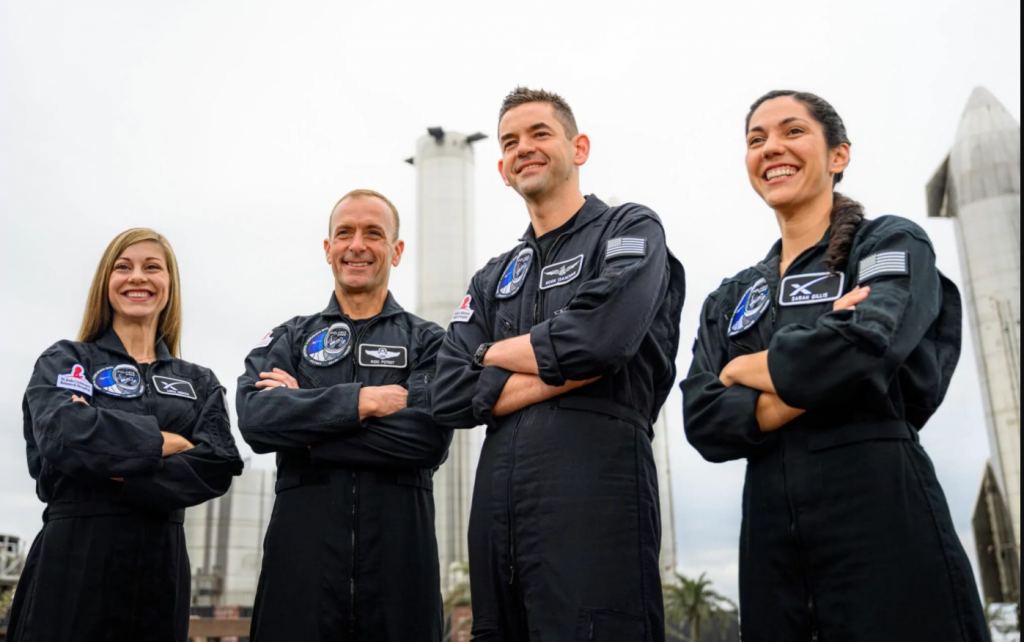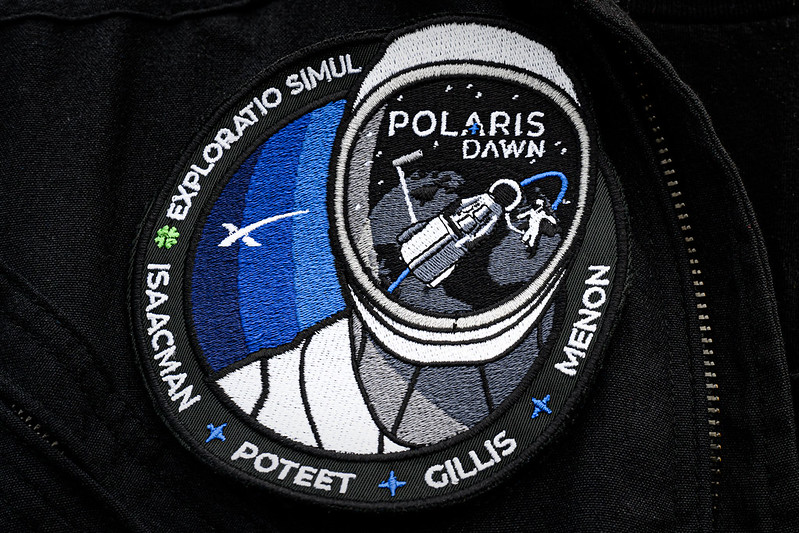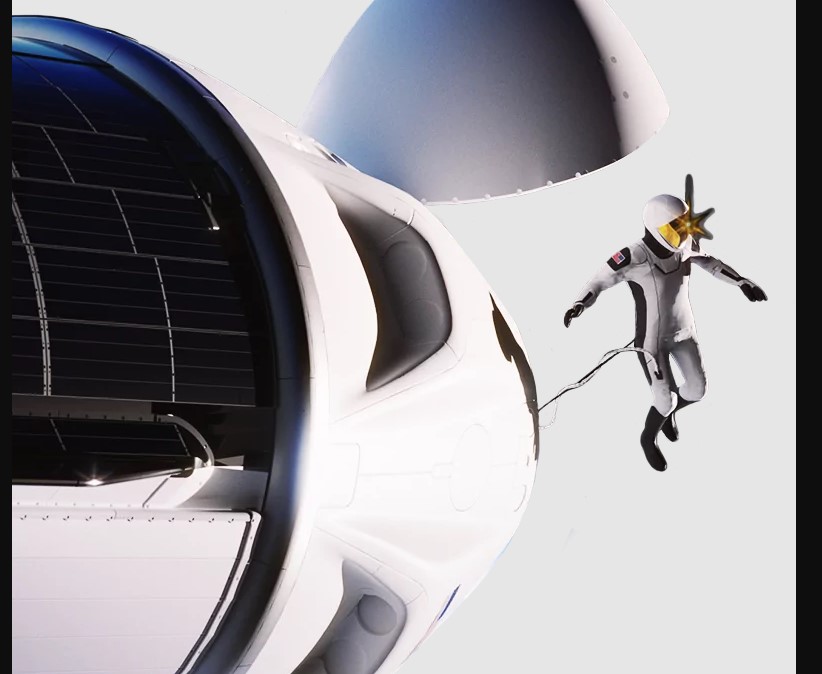Tech billionaire Jared Isaacman who flew to space on the Inspiration4 mission last year has announced another flight, with the aim of conducting the first-ever commercial spacewalk.

Isaacman announced that he and a crew of three more civilians (i.e., non-NASA) will fly on a SpaceX Dragon capsule in the Polaris Program, with hopes for the first mission to launch by the end of 2022. The mission will blast off from Launch Complex 39A at Kennedy Space Center in Florida.
“The Polaris Program is an important step in advancing human space exploration,” Isaacman said in a press release. “On Polaris Dawn, we endeavor to achieve the highest Earth orbit ever flown in addition to conducting the world’s first commercial spacewalk and testing of Starlink laser-based communication.”
The program includes three human space flights, and the first, named Dawn as the first, will last as long as five days. A second flight “will continue to expand the boundaries of future human spaceflight missions, in-space communications, and scientific research,” according to the Polaris website.
A third flight has the incredible goal of the first crewed spaceflight on Starship, the next-generation rocket from SpaceX that founder Elon Musk has in the works. Starship’s eventual goals are to bring NASA astronauts back to the surface of the Moon and eventually put bootprints on Mars.

As in the Inspiration4 mission, where Isaacman was commander, Polaris Dawn will launch on a SpaceX Falcon 9 rocket in the Crew Dragon to Earth orbit. Along with Isaacman, the crew consists of retired US Air Force pilot Scott Poteet and two SpaceX operations engineers, Sarah Gillis and Anna Menon.
The goals of conducting the spacewalk would be historic, and it includes several challenges, including depressurizing and then re-pressurizing the Crew Dragon capsule. The crew will be wearing spacesuits designed by SpaceX, which is an upgraded from the current intravehicular (IVA) suit that have been used by NASA astronauts.
“The development of this suit and the execution of the EVA will be important steps toward a scalable design for spacesuits on future long-duration missions,” Polaris said on their website.
Other goals for the mission include:
- Become the first crew to test Starlink laser-based communications in space, providing valuable data for future space communications systems necessary for human spaceflight to the Moon, Mars, and beyond.
- Use ultrasound to monitor, detect, and quantify venous gas emboli (VGE), contributing to studies on human prevalence to decompression sickness.
- Gather data on the radiation environment to better understand how space radiation affects human biological systems.
- Provide biological samples towards multi-omics analyses for a long-term Biobank.
- Conduct research related to Spaceflight Associated Neuro-Ocular Syndrome (SANS), which is a key risk to human health in long-duration spaceflight.
The Polaris Program also has the goal of raising money for St. Jude’s Children’s Research Hospital. The Inspiration4 flight raised over $240 million for the hospital.

